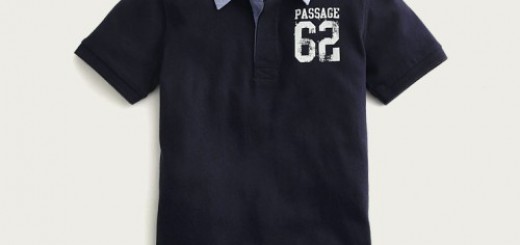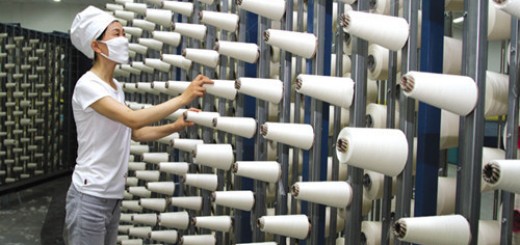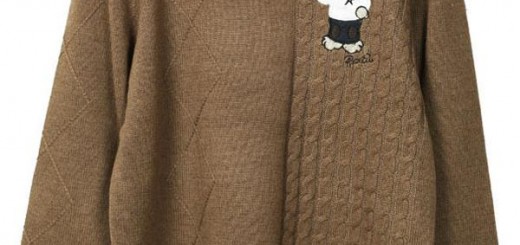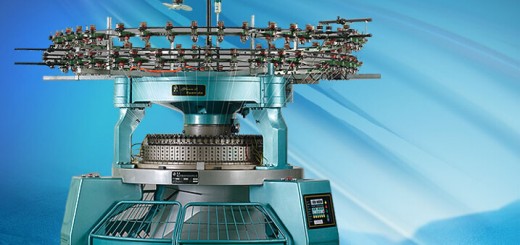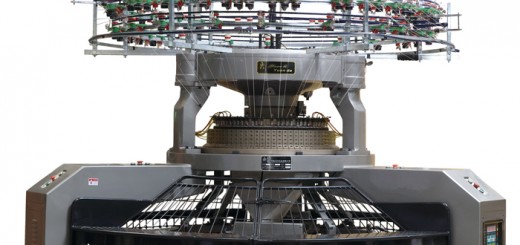First, India – populous country
India, located in southern Asia, is the largest country in the South Asian subcontinent. India’s population of 1.215 billion people (2012), is the second most populous country in the world after China. National average age is relatively young age of 25, more than 50 percent of the total population, which is also India’s lower labor costs and lay the foundation.
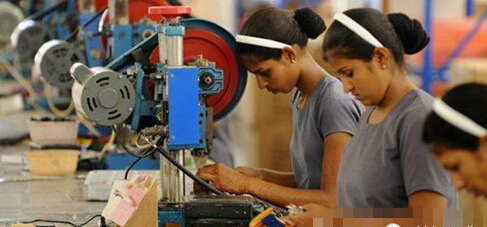
Second, India – the largest country in the world cotton acreage
India is the world’s oldest cotton country, is the largest country in cotton acreage in the world at present, the annual ranking second in the world. 2014-15 crop year, cotton acreage in India reached 12 million hectares, about 100 million 8 Qianwan Mu, India 2013-14 cotton production was around 5.5 million tons; Chinese cotton acreage in 7000 acres, yield more than 630 million tons , annual output now ranks first in the world. But India’s cotton-growing labor more, leading to rising costs and low efficiency.
Third, India seeking to become a “technology manufacturing center.”
India’s major industries include textiles, pharmaceuticals, steel, oil and other machinery. Advantage of cheap labor costs and raw material diversification benefits, with traditional design techniques and a huge domestic market, international public opinion is generally considered to be the future of China’s major competitors.
India’s textile industry strongly support the Government of India, India’s textile and garment industry is the most important manufacturing industry, accounting for 20 percent of the country’s manufacturing, textile production accounts for about 6 percent of gross GDP of India. Global textile export growth was only 4.7%, while India beat China and Bangladesh, and its textile exports growth rate of 23 percent, China and Bangladesh export growth rates were 11.4% and 15.4%. This growth is amazing. India is also trying to establish their own big manufacturing country.
Fourth, analysis of the current status of the Indian textile industry
China and India are ancient civilizations, known as “the rise of the two Asian giants.” India’s textile industry and the textile industry influence on the world are large, Chinese imports of cotton yarn from India is amazing. Now, let us follow the big textile Yao Wei, vice president of Mao’s look at the current status of the textile industry in India as well as future trends:
1, the Indian textile equipment excellent hard power, soft power lacking
If you visited a textile factory in India, I believe we will be shocked by their advanced equipment, India has a large proportion of the world’s top textile mills are used in production equipment, while only a small part of the Chinese textile enterprises have the ability with this top European machines.
But now the Indian textile industry in general has a simple, straightforward style of production, although India has the latest textile equipment, but spun yarn quality requirements of people (workers’ level), mechanical (machinery and equipment), material (material selection), France (process method), ring (humid environment) five good combination of close cooperation, but they only occupy one machine that hard power, soft power is weak, the Indian textile workers generally low level of education, in terms of technical operations is often no way to reach the more high level. Difficult to fine management, we now have mainly to do moderate quality of coarse yarn, production of high-density, high-end positioning of cotton there are still some difficulties.
India’s textile enterprises is still much lacking in process optimization (with cotton craft, operator training), China although the machine without them advanced, but many Chinese textile people lifetime contribution to the textile industry, they strive to optimize the technology, research new products to achieve the ultimate refinement. The Indians can not do this.
Indians machine 90 minutes is 80 minutes to produce a product, China on the contrary, you can create a product with 90 points 80 machine. Good thing they are not able to use it freely, the blind pursuit of yield, to a certain extent, ignored the importance of quality; Chinese textile enterprises working slowly fine job, under the premise of quality assurance requirements of production, so that China’s cotton quality is forced out, this sentence is not without basis.
2, Indian textile complete industrial chain compared with China still in its infancy
Textile complete industrial chain covering all processes of clothing manufactured from cotton production and fiber manufacturing, to spinning, weaving, dyeing, clothing, washing, packaging and other production industries. To achieve a balanced development of the industrial chain, individual attention to a part of the industry chain, is certainly not acceptable. Currently India only do the primary processing sector (cotton production, spinning), midstream and downstream industry basically blank, Indians earn all cotton, yarn materials money, high value-added downstream industry profits are not to stay in India. The Chinese have a better quality of Xinjiang, to textile production and laid a good foundation, many excellent Chinese enterprises spinning, weaving factory, printing and dyeing enterprises and garment processing enterprises, the overall level is higher than India. India, from spinning to weaving to integrate large-scale comprehensive textile few other links, and the proportion has been shrinking, resulting in very few orders for the next big brand in Europe and America will give producers in India, for two main reasons:
(1) Indian industry chain integration is difficult to achieve the requirements of the big brands in Europe and America;
(2) technical workers in India to keep up;
(3) the quality of products manufactured in India, but the letter.
3, Indian textile companies with a common problem in the transaction process
Folklore two little joke, the first one is to see a cobra and an Indian, you hide Who? Common answer would be: “Of course a snake!” – Wrong! You must dodging Indian! The second story is about, and after the Indians finished grip left hand to count yourself a few fingers. These two little joke we can as a staple of entertainment, but we see it from the public for the Indian character recognition.
Many Indian companies doing business with the Chinese textile enterprises, and I believe that India will also emotionally, here to share with you our views:
(1) PD problem. Many people say that Indian textile companies default rates relative to other countries are relatively high, it is not without reason. China cotton companies will generally retain two monthly inventory, 99% of companies are relying on selling stock; textile companies in India are mostly doing business sale, they pre future contracts, such as: contract signed in July, selling the goods may be 8,9,10 month. The next few months the price of cotton has great uncertainty, the quality of volatility is relatively large, as soon as they appear bid higher orders of customers, they will first customer shipment sent to bid high and low bids customers must ship back row.
Nevertheless, many Chinese textile enterprises is deep contradiction, people look down from the previous yarn for India, to strangers, to use, to the last large-scale use, for India imported yarn love and hate, mainly because of India’s low yarn prices, in China’s competitiveness is relatively high.
(2) the integrity of the problem. India imported yarn industry businesses should be aware that the Indian yarn for packaging, OEM event has not unusual, in a show on imports of yarn, an Indian suppliers breath pick up 200 cabinet cotton orders, but his actual production only reach around 30-40 cabinets, then the remaining 160 cabinet cotton come from? I believe we are very clear, they do, where goods from various manufacturers and put their own package, affix their own brand exported to other countries, and this situation occurs a lot in India, leading to instability in India imported yarn quality, Lot instability indicators big difference.
Indian textile companies, unlike China, they rarely have to establish the credibility of its mission, to do a hundred years of corporate integrity for ambitious targets, often have psychological one-shot deal. In the transaction process, breach of contract can be said to be mutual. Chinese companies are not all corporate integrity, but a century from China has many enterprises, these enterprises can survive up to now, is not able to be completed overnight, are relying on the credibility of cumulative survival to the present.
India’s textile industry in terms of comprehensive strength compared with China are still many gaps, if you want to exceed the level of China’s textile least 10 years to use the fair, not only to greatly improve the educational level of employees, optimize operating level, to improve the optimization process level, more needs to work closely with the entire textile chain. The most important thing is to completely improve the integrity of the Indian businessman partner in the eyes of all countries, although it is difficult to do so, but India needs to be done as soon as possible to India’s textile industry to the next level internationally.
